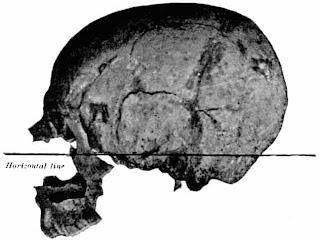It is the 90th anniversary of the end of the First World War. Seven former students of the BSA were killed: two at Gallipoli and five on the Western Front.
Stanley Casson served on the Western Front in the East Lancashire Regiment; he was wounded in May 1915. In 1916 he joined the General Staff in Salonica and served on the Allied Control Commission in Thessaly (1917). At the end of the war he served in Constantinople and Turkestan until he was demobilised in 1919. He was Assistant Director of the BSA under Alan Wace (1920-22), and Reader in Classical Archaeology at Oxford. He re-enlisted in the Intelligence Corps at the outbreak of the Second World War and served in Holland and Greece rising to the rank of Lt.-Colonel. He was killed on active service in a flying accident on 17 April 1944 and was buried in Newquay.
Stanley Casson served on the Western Front in the East Lancashire Regiment; he was wounded in May 1915. In 1916 he joined the General Staff in Salonica and served on the Allied Control Commission in Thessaly (1917). At the end of the war he served in Constantinople and Turkestan until he was demobilised in 1919. He was Assistant Director of the BSA under Alan Wace (1920-22), and Reader in Classical Archaeology at Oxford. He re-enlisted in the Intelligence Corps at the outbreak of the Second World War and served in Holland and Greece rising to the rank of Lt.-Colonel. He was killed on active service in a flying accident on 17 April 1944 and was buried in Newquay.


